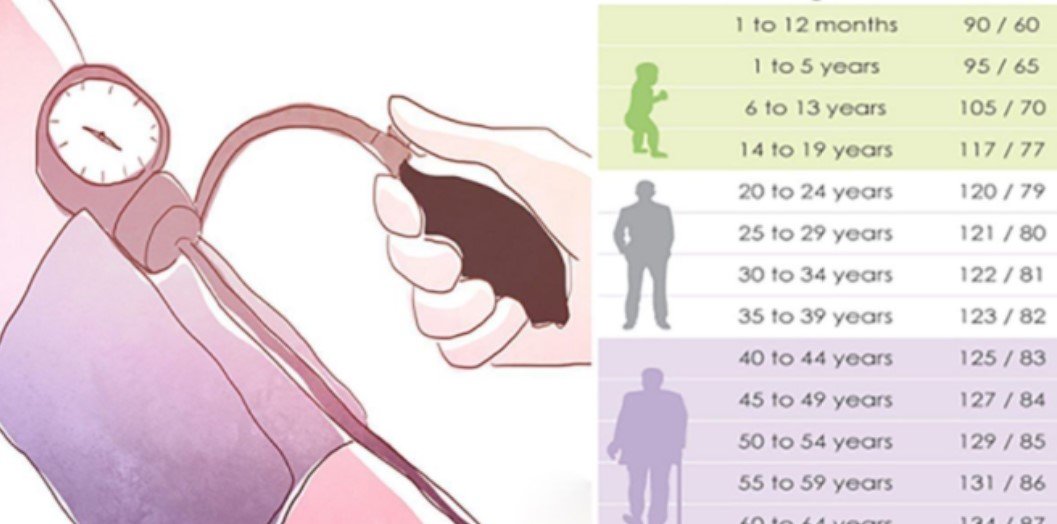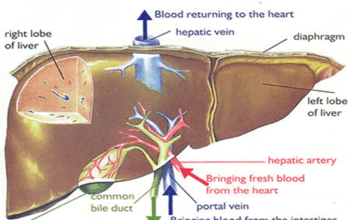Understanding blood pressure is crucial for maintaining good health and preventing potential cardiovascular complications. Blood pressure is a vital indicator of our overall well-being, measuring the force of blood against artery walls as the heart pumps. By comprehensively exploring blood pressure ranges across different age groups, individuals can better monitor and manage their cardiovascular health.
What is Normal Blood Pressure?
Blood pressure is measured using two primary numbers: systolic pressure (the top number) and diastolic pressure (the bottom number), typically expressed in millimeters of mercury (mm Hg). A normal blood pressure reading is generally considered to be below 120/80 mm Hg. This measurement provides critical insights into an individual’s cardiovascular health and potential risks.
Blood Pressure in Children and Adolescents
Blood pressure in younger populations varies significantly from adult ranges. For children and adolescents, normal blood pressure depends on several factors, including:
- Age
- Height
- Gender
- Body composition
Pediatric blood pressure ranges are typically lower and more dynamic compared to adult ranges. Healthcare professionals use specialized charts that account for percentile rankings based on a child’s age, height, and gender to determine what constitutes a healthy blood pressure.
Blood Pressure in Adults
As individuals age, blood pressure tends to change. The American Heart Association provides comprehensive guidelines for adult blood pressure categories:
- Normal: Less than 120/80 mm Hg
- Elevated: Systolic between 120-129 and diastolic less than 80
- Hypertension Stage 1: Systolic between 130-139 or diastolic between 80-89
- Hypertension Stage 2: Systolic 140 or higher or diastolic 90 or higher
Interestingly, blood pressure can vary between men and women, with men typically experiencing higher readings, especially in middle and older age groups. Factors influencing adult blood pressure include:
- Genetics
- Diet
- Physical activity level
- Stress
- Smoking
- Alcohol consumption
Understanding Hypertension
Hypertension, or high blood pressure, is a significant health concern affecting millions of adults worldwide. It’s often called the “silent killer” because it typically presents no symptoms but can lead to serious health complications such as:
- Heart disease
- Stroke
- Kidney damage
- Vision problems
Managing and Monitoring Blood Pressure
Effective blood pressure management involves a holistic approach combining lifestyle modifications and regular monitoring. Key strategies include:
- Maintaining a balanced, low-sodium diet
- Engaging in regular physical activity
- Managing stress through techniques like meditation
- Limiting alcohol consumption
- Avoiding tobacco products
- Regular check-ups with healthcare professionals
Final Considerations
Understanding blood pressure is not a one-size-fits-all approach. Individual variations, age, lifestyle, and overall health play significant roles in determining healthy blood pressure ranges. Regular monitoring, proactive healthcare, and lifestyle adjustments can help maintain optimal cardiovascular health.
While this guide provides comprehensive insights, it’s crucial to consult healthcare professionals for personalized advice tailored to individual health needs and circumstances.






